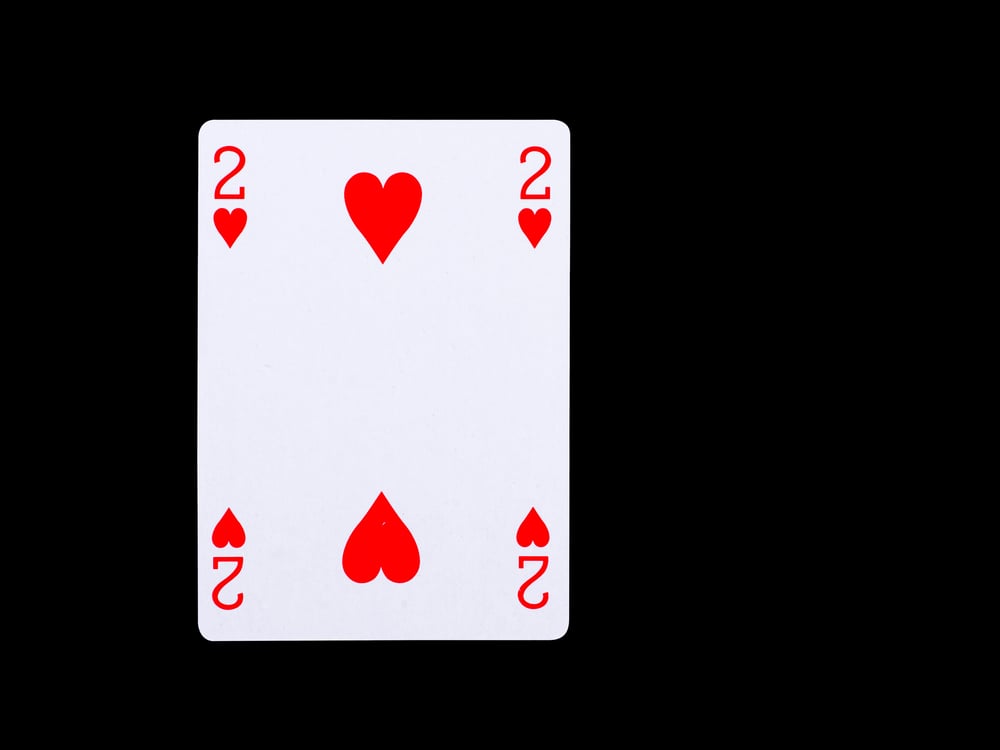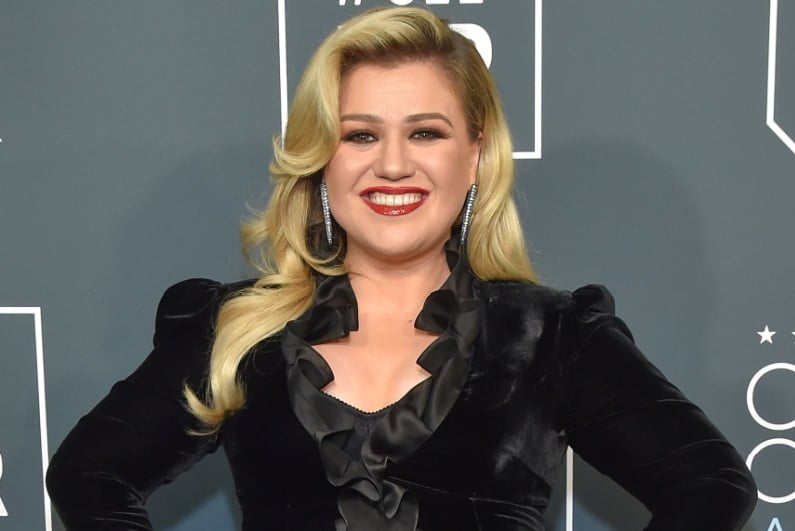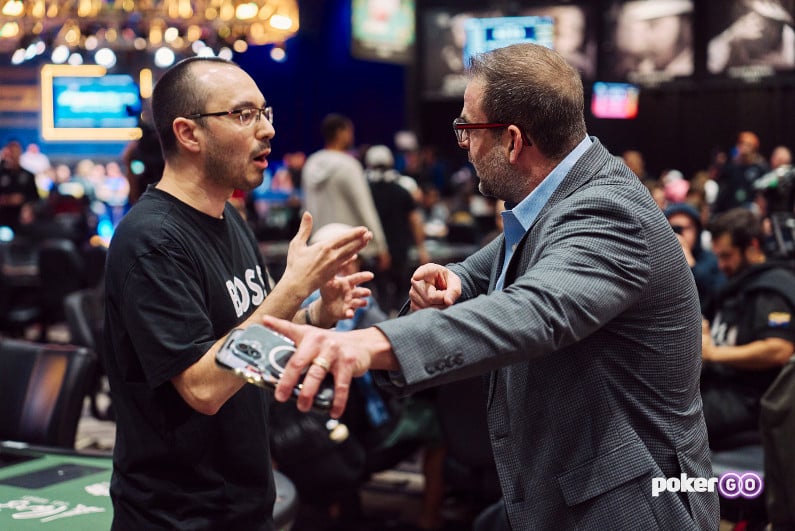Player called for the exact cards that came
A poker video went viral last Saturday when American player Troy Clogston eliminated Don Iyengar on the final table on his way to a third-place finish in Event #12 of The Lone Star Poker Series.
Streamed on PokerGO, the hand itself was unremarkable. Clogston held Jacks against the Ace-Jack of Iyengar. What was remarkable, nay mind-blowing, was how Clogston called every single card on the run-out.
What sorcery was this, I hear you ask? It was certainly a surreal moment of clairvoyance by Clogston and the public reaction has been a mix of disbelief, suspicion, and rational discussion about the likelihood of this happening.
Was it a coincidence?
It is important to remember that the concept of coincidence is a distinctly human thing, an anthropomorphism that doesn’t relate to statistical probability. Events are coinciding constantly, whether in spatial or temporal terms, and it is only our human subjectivity that decides whether they merit the anecdotal label ‘coincidence’.
pulling off the unlikely feat is also something that we can calculate mathematically
The difference here is that the two events coinciding – Clogston vocalizing his guesses of the cards and those actual cards falling – can relate to statistical probability. Sure, one may concede that down the years, millions of players have called for millions of cards (poker players are notorious for this) – so at some point, somebody was bound to do this. However, pulling off the unlikely feat is also something that we can calculate mathematically.
Consider the difference between the following pair of stories.
Laura Buxton meet Laura Buxton
In 2001, on the occasion of her grandparents’ golden wedding anniversary, Laura Buxton tied a note to a red balloon with her address and instructions to “Please write to Laura Buxton”, releasing it into the air. The balloon took off, floating 140 miles from Stoke-on-Trent to Milton Lilbourne in Wiltshire, where it was found, deflated in a hedge, by a local farmer named Andy Rivers.
Rivers knew his neighbors Peter and Eleanor Buxton had a daughter called Laura, so he gave the balloon to them. Spooked but still curious, Peter and Eleanor encouraged their daughter to write to her namesake. She did, and a friendship between the two Lauras was born.
In June 2009, Radiolab interviewed both Laura Buxtons, and their story was also chronicled in a Ripley’s Believe It or Not segment:
Always bet on black
In August 1913, the Casino de Monte-Carlo in Monaco was the venue for one of the strangest recorded streaks in gambling history as the ball landed on black 26 consecutive times.
It was a great night for the casino as punters lost millions betting on red in what was a classic case of ‘the gambler’s fallacy’ – the false belief that past behavior influences future behavior. It was also a teachable moment for Martingale System disciples, as the odds of 26 consecutive spins landing on black is a whopping 136,823,184 to 1.
Therein lies the difference. The streak that occurred in the Casino de Monte-Carlo 108 years ago is calculable, as are other statistical anomalies. The odds of being dealt a royal flush in poker are 649,739-1. The odds of winning the Powerball Lottery Jackpot are 175,000,000-1. The odds of getting a perfect NCAA bracket are 128,000,000,000-1. The odds of shuffling a deck of cards and getting the exact same order are 80 unvigintillion-1.
The chance of Clogston guessing correctly
Bizarre as the story was, the case of the two Laura Buxtons was a coincidence, as random as the wind was that day in 2001. Unlikely as it was to happen, the case of the 26 black spins was a calculable statistical long shot and, put under the microscope, the case of Troy Clogston is more like the latter.
So, what are the odds of ‘pulling a Clogston’?
Troy called the “Ten, Nine, Eight” in that order on the flop, but he did not specify suits. The chances of that are 2196-1. Then he called for the 4♠️, a 44-1 shot. In combination, getting those two guesses correct is 98,864-1, so you can understand the flabbergasted reactions of all those gathered.
all three of these long shots coming in succession was a mind-boggling 4,350,059-1 shot
“The 2♥️”, said Troy, looking to complete the astounding trifecta. The river came the 2♥️ and pandemonium broke loose. The odds of guessing this last card were just 43-1, a mere trifle for the soothsayer. But in combination, all three of these long shots coming in succession was a mind-boggling 4,350,059-1 shot.
Or, to put it another way, it was something that could happen.




